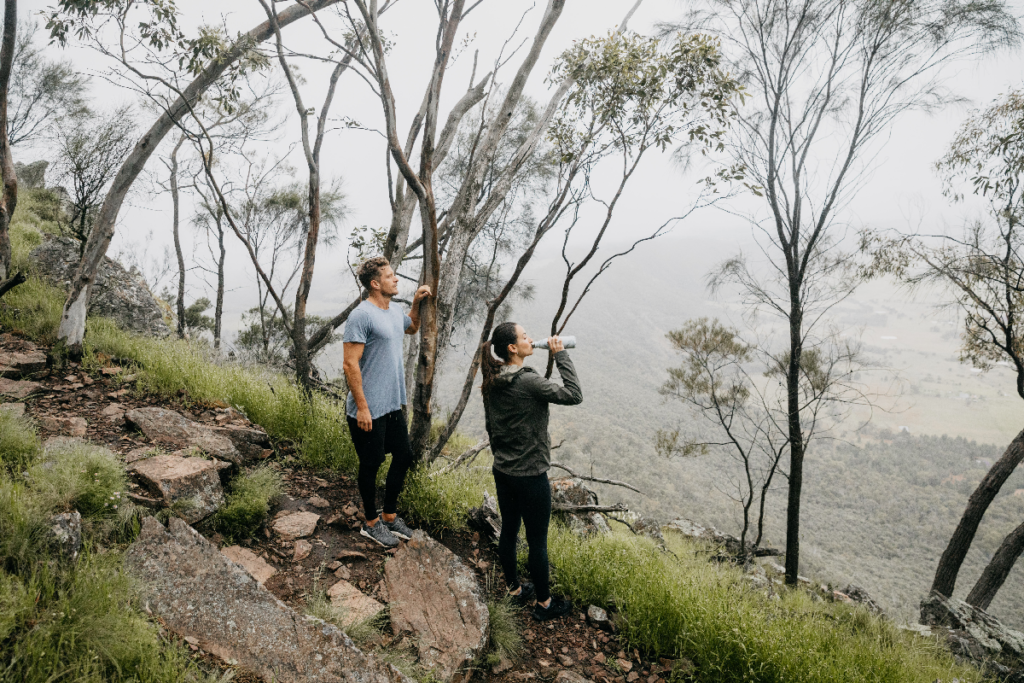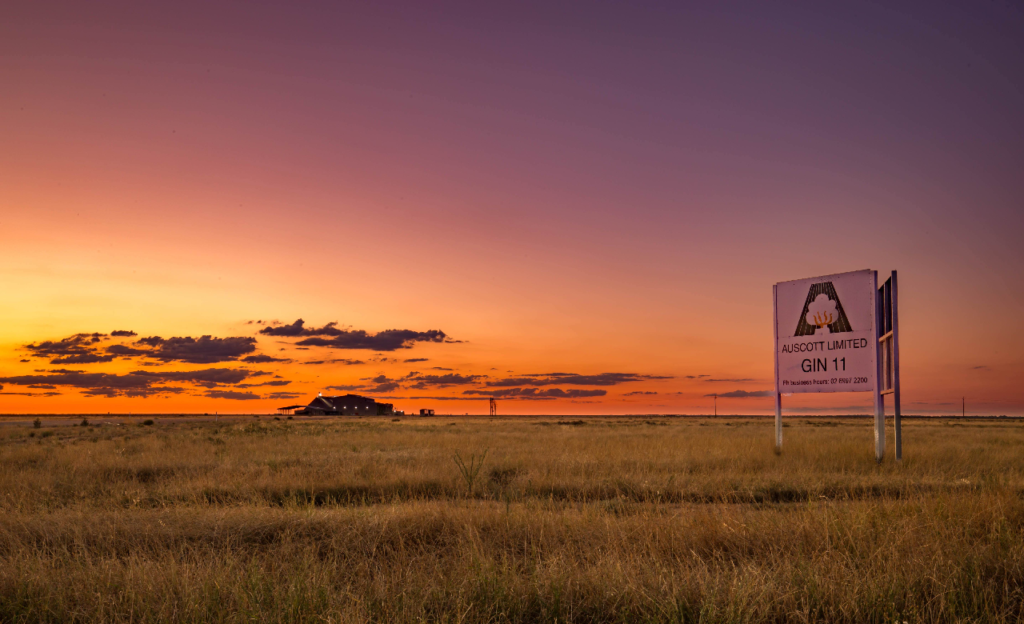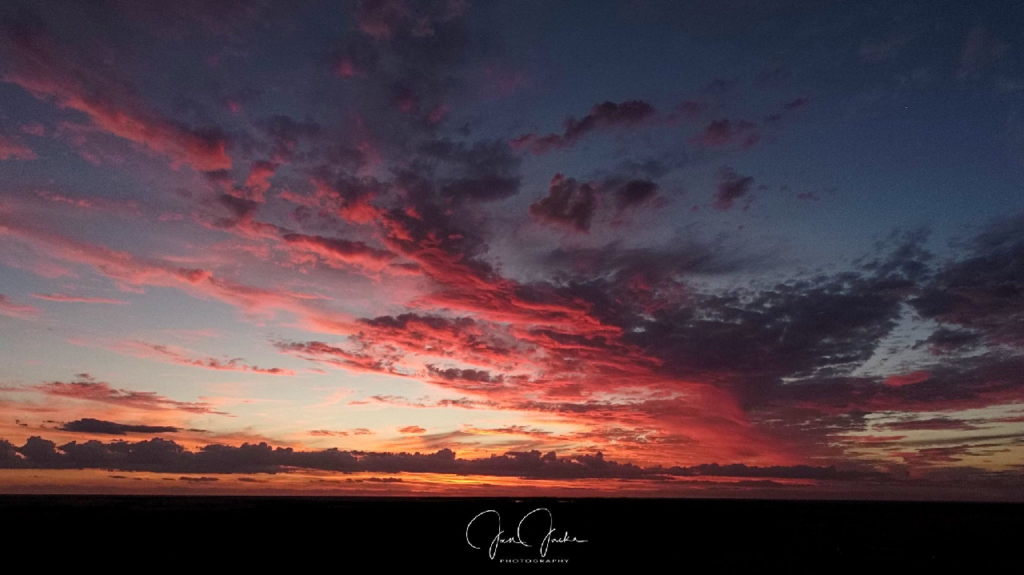Winter in the Riverina is all about venturing out into the frosty air for a dose of nature and then finding a cosy place to warm up.

(Image credit: Alexandra Adoncello)
Soaring 364 metres above the Riverina, The Rock Nature Reserve – Kengal Aboriginal Place is one of the most iconic landmarks in the Riverina. A magnificent place to explore, with picnic tables, barbecues and shelter, water, toilets, and a walking/cycle path from the nearby town.
Take the family and find a relaxing picnic spot, or if you’re feeling energetic take a hike to the top for spectacular views. The Rock Hill Nature Reserve – Kengal Aboriginal Place is home to native fauna and flora so make sure to bring your camera and a pair of binoculars when you visit.
Once you have walked to the top, on a clear day you may be able to see the snow-capped peaks of the Snowy Mountains.

As the days grow shorter, the skies at sunset glow with the most spectacular hues, blooming pinks, reds, and oranges. In NSW there is no better place to capture the breathtaking images than the home of Pink Sky Season – Hay NSW.

The season officially opens on the 1 March and runs through the cooler months, creating magic skies and traffic-stopping moments until July 30. In the cooler months, the angle of the earth tilts a little bit further away from the Sun creating a beautiful backdrop for the perfect sunset. Renowned as the flattest place in the southern hemisphere visitors are treated to 360-degree uninterrupted views. The light turns any amateur photographer into an expert with some incredible images being shared on social media across the world.